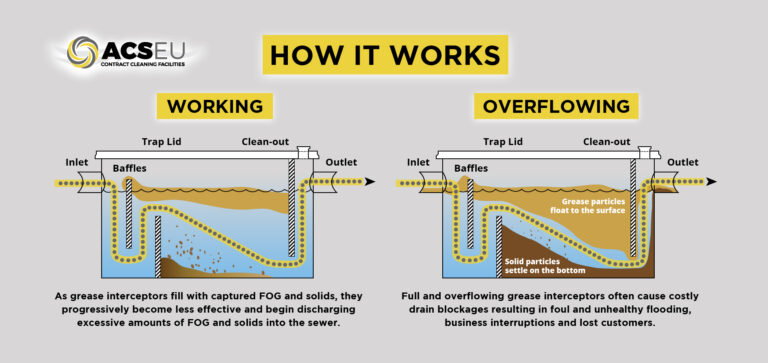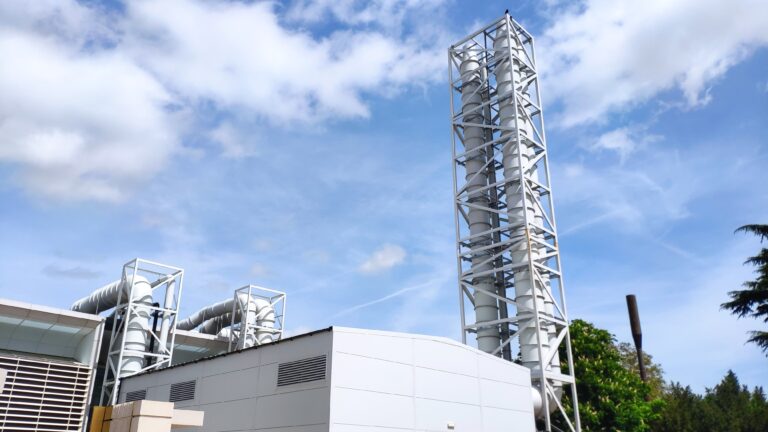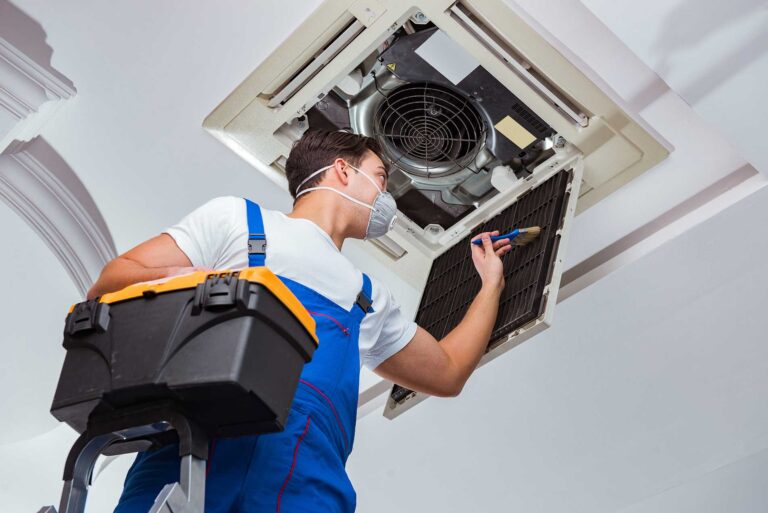Alpesh Trivedi, Service Sales Director
Carrier UKI & Nordics
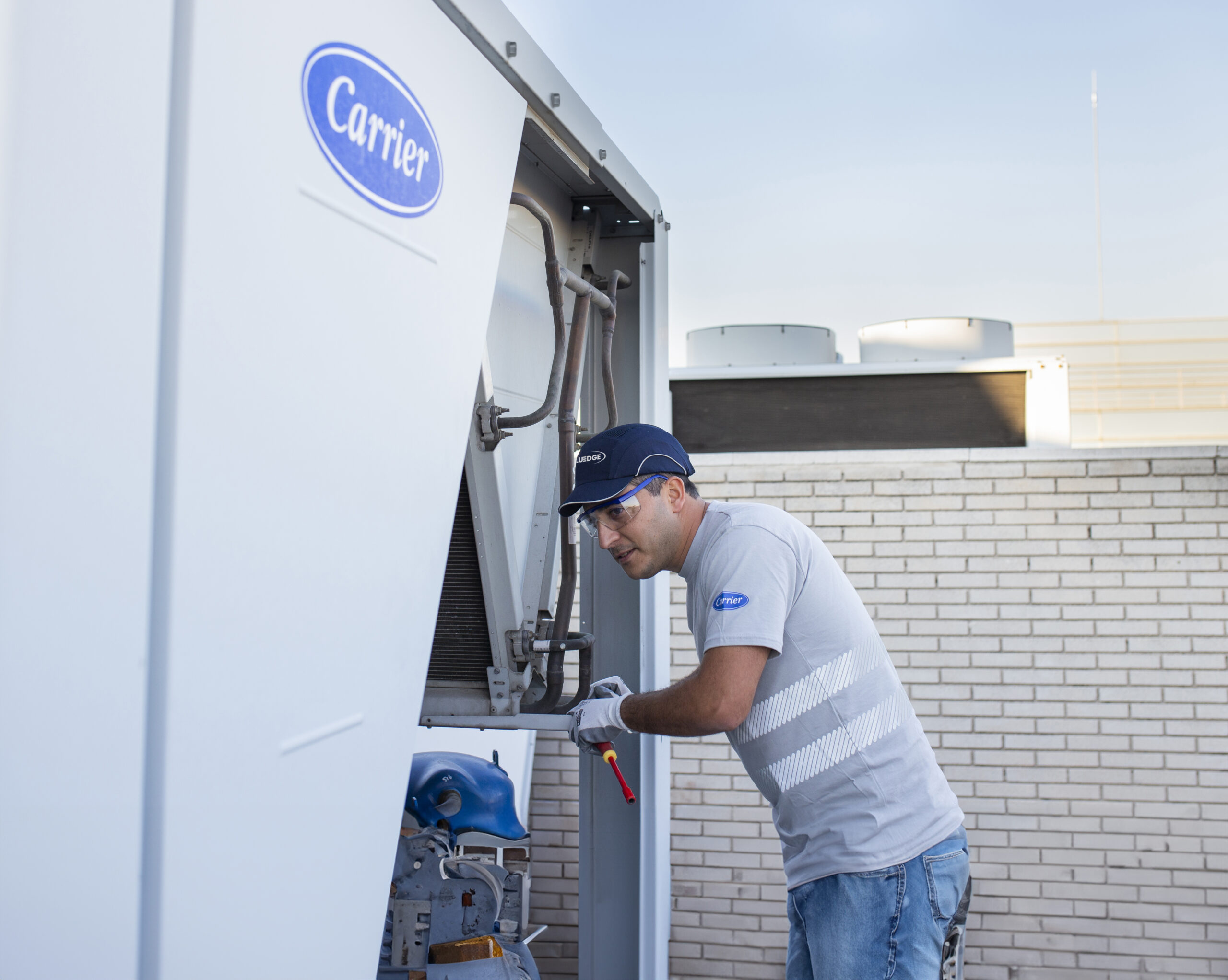
Optimising Efficiency with Evaporative Cooling and Variable Frequency Drive Upgrades
Optimising energy efficiency in an HVAC system is crucial for reducing operational costs and achieving sustainability goals. Here, Alpesh Trivedi, Carrier Service Sales Director, UKI & Nordics, explores two upgrade solutions that can enhance HVAC technology’s performance, reduce running costs, and lower carbon emissions.
Global warming is a threat facing us all, with higher temperatures becoming more common amid the climate breakdown. Here in the UK, we are somewhat under-equipped to effectively keep our buildings cool in hot weather. What’s more, energy inefficient cooling systems slow our progress to Net Zero.
These challenges are most prominent in the UK’s existing building stock. Around 80% of the buildings we have today will still be in use in 2050. To meet the UK real estate sector’s goal of limiting global warming to 1.5°C above pre-industrial levels, 87% of the improved performance must come from these existing buildings.
However, it isn’t straightforward to replace old HVAC systems with new and more efficient equipment in existing buildings. Some plant rooms are difficult to access. Capital spend is also an issue, particularly in the public sector where buildings may struggle financially to find the funds to update cooling technology.
But with the right approach, it is possible to improve energy efficiency, enhance indoor air quality, reduce costs and shrink carbon footprints.
The route to better building performance is through developing a service and maintenance strategy and using digital insights to review the existing systems.
Before implementing any upgrades, it is essential to conduct a thorough energy audit. This provides a baseline on energy consumption to identify potential system improvements. Energy audits are a method for identifying inefficiencies in a building’s HVAC system and help pinpoint areas where energy waste can be cut and consumption can be optimised.
Large commercial properties in the UK are often subject to legislation around energy. Regardless of the desires to lower emissions, complying with legislation like the Energy Savings Opportunity Scheme (ESOS) and the Streamlined Energy and Carbon Reporting (SECR) means that it is necessary for building owners to have efficient heating and cooling equipment.
The first step of an energy audit involves gathering comprehensive data on current energy consumption patterns, including historical usage and costs, system outputs, and real-time energy usage through sensors or meters. This data helps provide a clear picture of energy use within the building.
From here, engineers can establish a performance baseline, serving as a reference for evaluating the HVAC system efficiency. This baseline helps identify typical energy demands and periods of unusual usage, pointing to potential inefficiencies.
Next, benchmarks are set based on industry standards such as ISO 50002 or BS EN 16247, allowing engineers to compare the building’s performance against best practice. A gap analysis follows, determining any discrepancies between current performance and benchmarks, pinpointing areas for improvement.

Finally, engineers recommend specific energy conservation measures, from simple fixes like recalibrating sensors and sealing leaks to more extensive upgrades such as evaporative cooling and Variable Frequency Drives, ensuring enhanced system performance and efficiency.
Evaporative cooling is a technology-driven solution that cools the ambient air surrounding a chiller condenser. The system uses a high-pressure pump and specialised nozzles to enable a quick evaporative process in the surrounding air to reduce heat transfer. With a significantly reduced overall air temperature, the chiller’s compressor requires less power to achieve optimal cooling effectiveness, improving overall performance.
With a controlled system in place, the technology’s adaptability allows it to be switched on or off based on real-time weather conditions and chiller requirements.
Evaporative cooling is particularly effective with screw air-cooled chillers, as well as scroll air-cooled chillers. Real-world applications of evaporative cooling demonstrate significant energy savings and operational cost reductions.
For instance, integrating evaporative cooling into an air-cooled chiller system has shown to reduce energy consumption. Data from a 500kW air cooled centrifugal chiller with evaporative cooling indicates a 26kW saving in power consumption compared to the same chiller without the evaporative cooling. The saving is doubled, up to 52kW, compared to a screw compressor chiller.
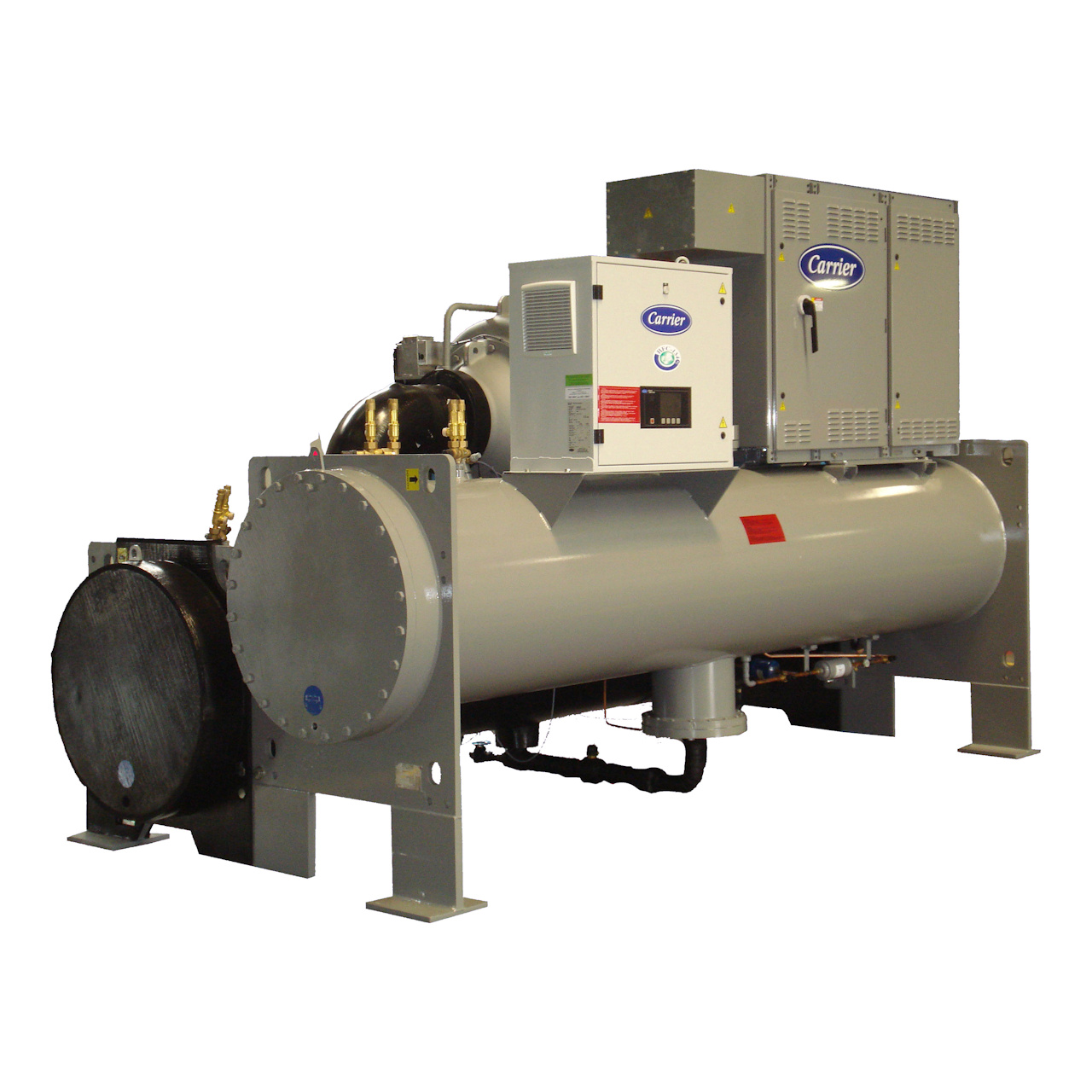
Results have shown the power of the compressor is reduced, while the COP (Coefficient of Performance) of the air-cooled chiller increases by 4% to 8% after the intervention of the evaporative cooling system. The evaporative cooling system contributes to an electricity savings of approximately 14% p/a in air-cooled chiller systems.
Variable frequency drives (VFDs) regulate motor speeds to match the load requirements of a chiller, significantly reducing energy consumption. By adjusting the motor’s speed in response to the actual cooling demand, VFDs optimise energy use and extend the lifespan of the equipment by reducing mechanical stress.
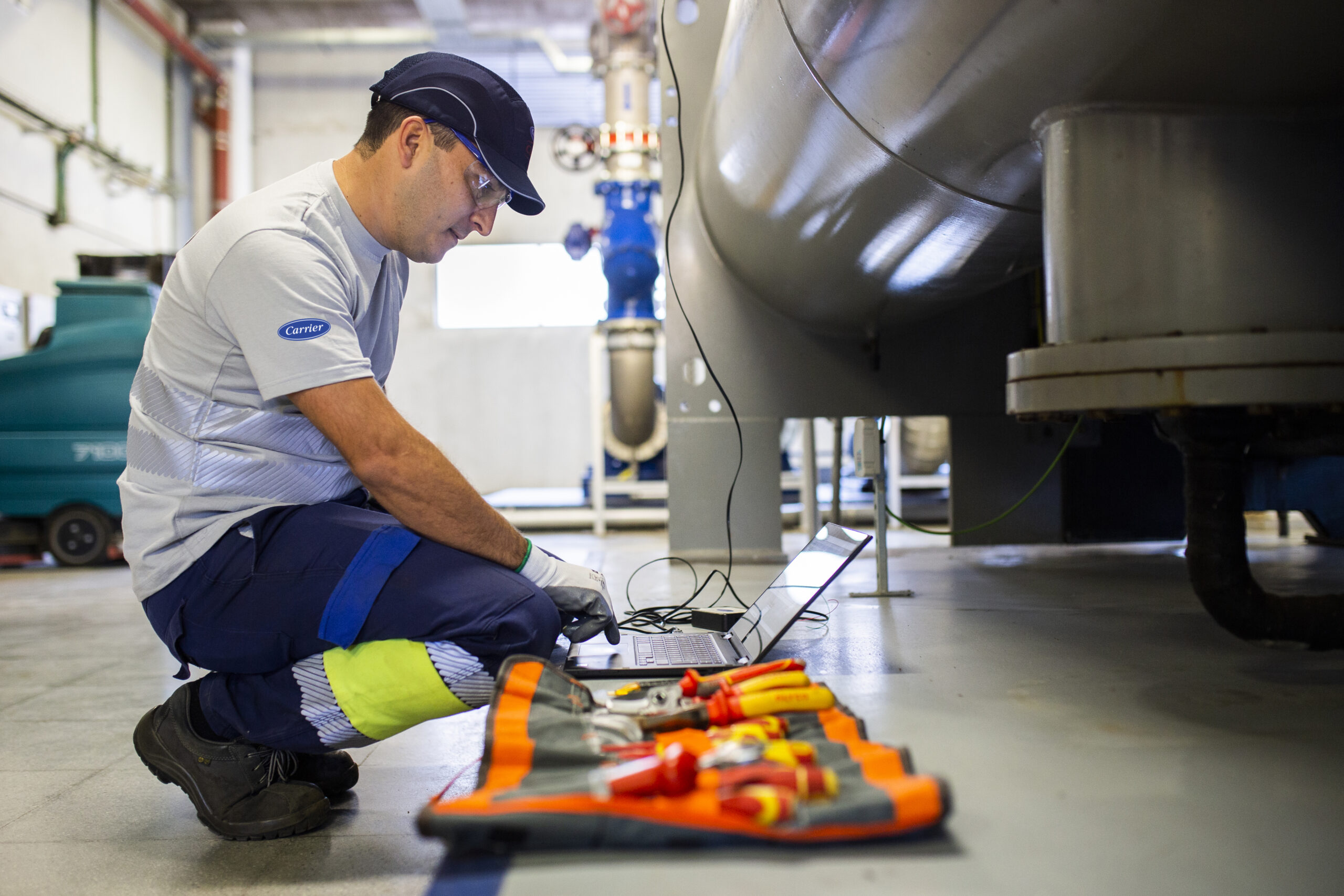
VFDs can be seamlessly integrated into existing HVAC systems, providing immediate benefits. For example, during a recent project, Carrier fitted a VFD fan and upgraded controls on an AquaForce 30XA (400kW) unit. This chiller, which provided cooling for a large industrial application building, operated for 6,777 hours a year with a total annual consumption of 831,732 kWh. The client was paying 32p per kWh for electricity which totalled over a quarter of a million pounds per year.
Following the VFD upgrade, the client’s energy consumption reduced to 805,568 kWh per year resulting in a significant saving on their electricity bill. Carbon emissions fell by 2,092 kg CO2e per year, and the system’s Energy Efficiency Ratio (EER) increased from 3.1 to 3.18. The client saw a return on their investment within just two years.
On a larger scale, Carrier identified an opportunity to optimise and enhance the performance of six 19XR centrifugal chillers for a client in London. Carrier had supplied the chillers 20 years previously and were now revisiting the site to install VFDs and complete a full compressor refurbishment on the chillers.
The VFDs allow for precise adjustment of compressor speed to match the cooling demand, leading to more comfortable working environment for occupants and substantial energy savings, particularly during periods of low demand. On recent VFD upgrades in the field, engineers have observed energy saving circa 20% and reduced mechanical stress on the chillers’ components, potentially adding a minimum of 10 years additional service life.
The way we approach service and maintenance is changing. Today, more than 750,000 medium-to-large-scale existing HVAC units require technology upgrades to meet efficiency and decarbonisation targets. By overlaying digital connectivity across the HVAC units, customers have easy access to live data at any time, custom alarm notifications, and reporting. Connectivity also allows engineers to remotely configure systems and provide corrective actions as and when required.
Ultimately, engineers are monitoring the system through insight-driven information to provide proactive trouble shooting and performance analysis, enhance equipment reliability and performance, all while reducing service costs.
Evaporative cooling and VFDs upgrades can be two effective improvements for commercial chillers. Upgrading parts rather than replacing entire units can also be more cost-effective, and in some case, the capital costs can be managed through strategic planning and phased implementation.
It is imperative that we find solutions to make our existing building stock more energy efficient and lower carbon. Moreover, in the UK’s changing climate, ensuring that buildings provide healthy and productive environments will become more important than ever, and HVAC has a key role to play in achieving that goal.

